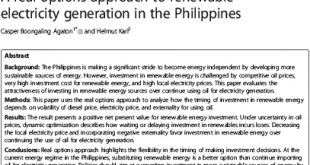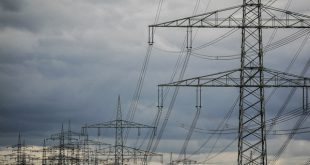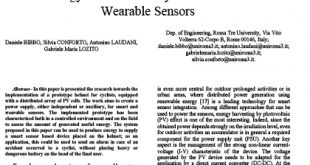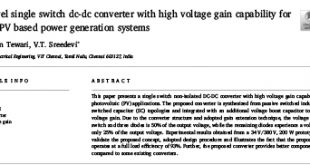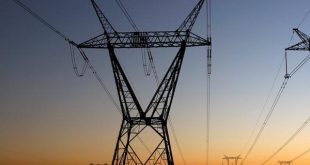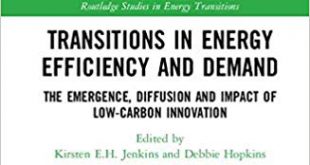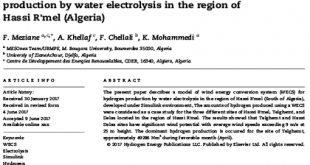Environmental problems associated with emissions from fossil fuel. along with limited supply. volatile prices. and energy security. prompted developed and developing countries to find more reliable and sustainable sources of energy. Renewable energy (RE) sources. being abundant. inexhaustible. cleaner. and readily available. emerge as a promising alternative energy source. According …
Read More »Human-Powered Electricity Generation as a Renewable Resource
Energy and human’s ability to transform energy into useful work has been the cornerstone of the development of civilizations. Throughout the majority of human existence. we relied solely on metabolic energy derived from plants and animals. In only a few centuries. society has almost completely transformed. from relying on somatic …
Read More »Design of Solar Thermal Power Plants
Design of Solar Thermal Power Plants introduces the basic design methods of solar thermal power plants for technicians engaged in solar thermal power generation engineering. This book includes the author’s theoretical investigation and study findings in solar heat concentrators. a performance evaluation of solar thermal collectors. a numerical simulation of …
Read More »Siemens. GE to Add Power Capacity in Iraq
Both firms were roped in by the Iraqi government to help reduce gas flaring. which the oil ministry hopes to snuff out by 2021.
Read More »Solar energy harvest on bicycle helmet for smart wearable sensors
The monitoring of human activity is. on the technical point of view. a continuous challenge in terms of design and development of innovative smart and wearable systems that aims to the dimension reduction and to the increase of the energy autonomy. These devices can implement many features. such as the …
Read More »A novel single switch dc-dc converter with high voltage gain capability for solar PV based power generation systems
In recent years. distributed power generation using renewable energy sources has received greater attention due to the rapid exhaustion of fossil fuels and increased emission of greenhouse gases (Jacobson and Delucchi. 2011). Solar energy is one of the promising and clean renewable energy resources for electric power generation (Bennett et …
Read More »Russia will Export Electricity to Iran as of 2019
The first trial electricity supplies from Russia to Iran via the Russia-Azerbaijan-Iran energy corridor may start as early as 2019.
Read More »Transitions in Energy Efficiency and Demand: The Emergence. Diffusion and Impact of Low-Carbon Innovation (Routledge Studies in Energy Transitions)
Meeting the goals enshrined in the Paris Agreement and limiting global temperature increases to less than two degrees above pre-industrial levels demands rapid reductions in global carbon dioxide emissions. Reducing energy demand has a central role in achieving this goal. but existing policy initiatives have been largely incremental in terms …
Read More »A wind energy conversion system for hydrogen production by water electrolysis in the region of Hassi R’mel (Algeria)
The present paper describes a model of wind energy conversion system (WECS) for hydrogen production by water electrolysis in the region of Hassi R`mel (South of Algeria). developed under Simulink environment. The amounts of hydrogen produced using a WECS were considered as a case study for the three different sites …
Read More »Iranian Firms Reconstruct 800 mw of Syrian Power Plants
More than 800 megawatts of various power plants in Syria have been introduced for reconstruction and repair.
Read More » Iran Energy News Oil, Gas, Petrochemical and Energy Field Specialized Channel
Iran Energy News Oil, Gas, Petrochemical and Energy Field Specialized Channel
